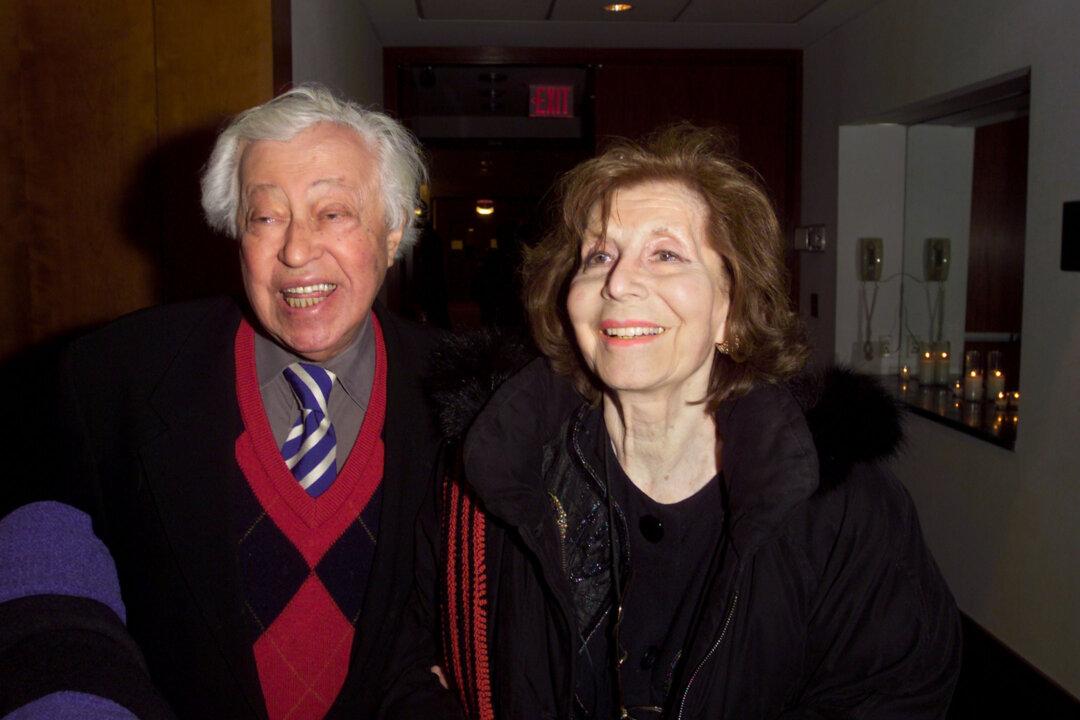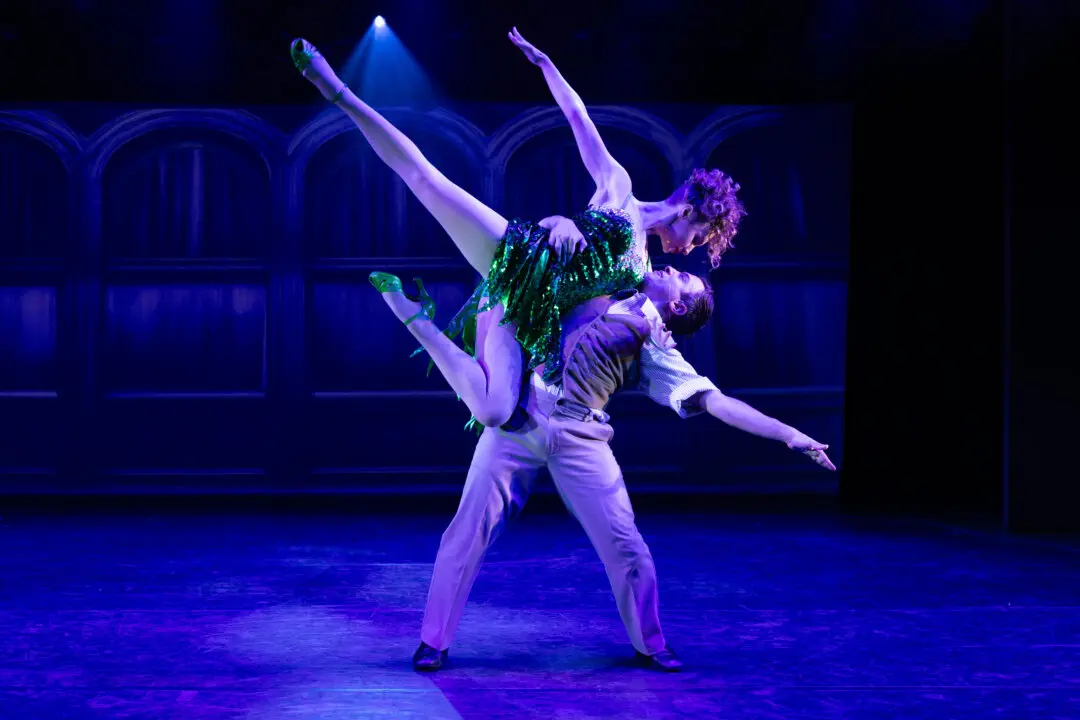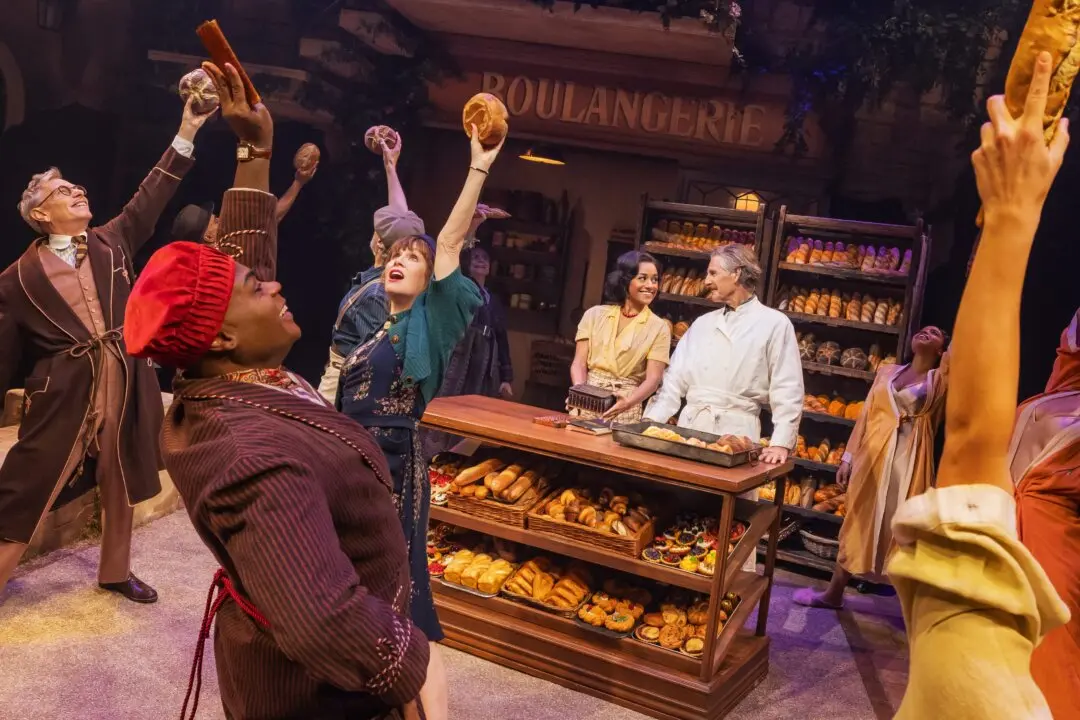With works ranging from those which have long since attained classic status—such as the 1952 MGM musical “Singin' in the Rain”—to those forgotten by all but a few (anyone remember the Broadway musical “A Doll’s Life”?), wordsmiths extraordinaire Betty Comden and Adolph Green have a special place in the pantheons of American entertainment.
During an association that spanned more than 60 years, the duo wrote the books and/or lyrics for 18 musical stage works, along with nine musicals for the silver screen. In “They Made Us Happy,” author Andy Propst provides the readers with a front row center seat for their many professional efforts.





